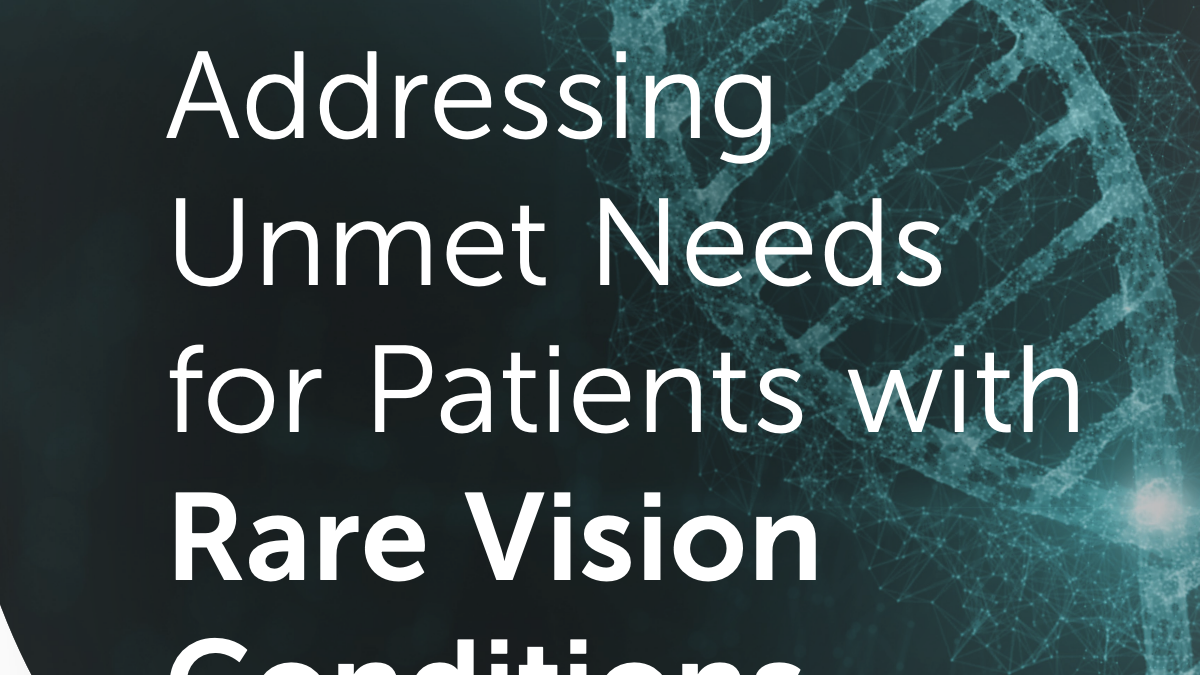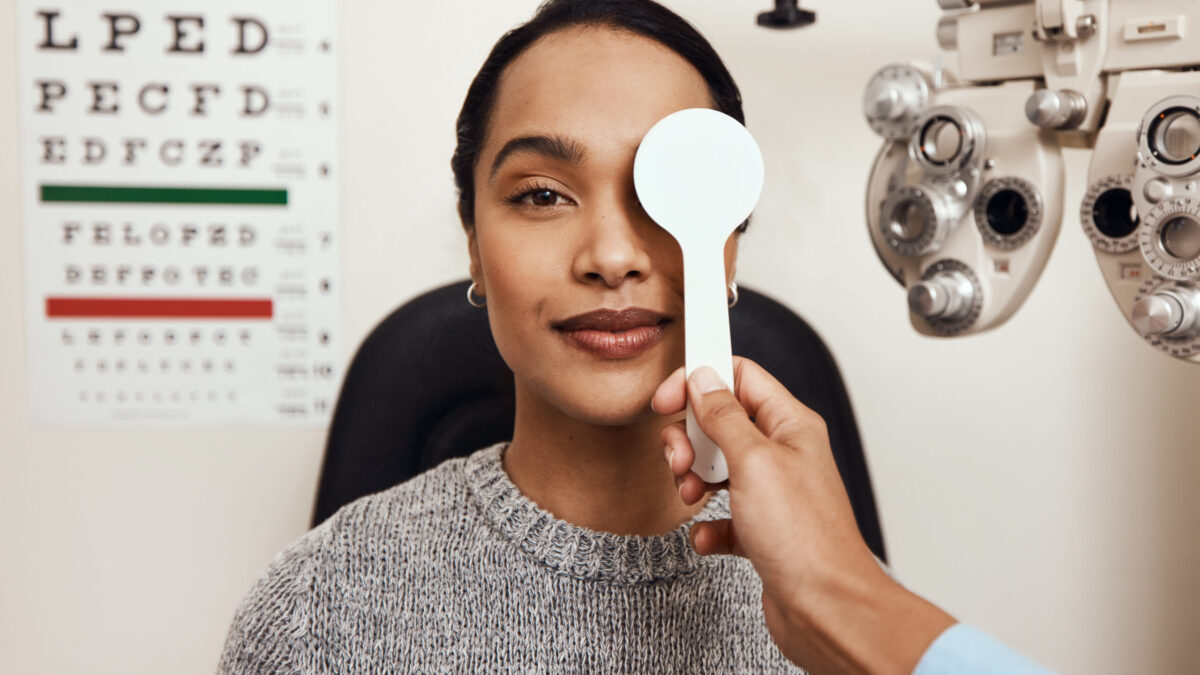A recent increase in young patients being diagnosed with cancer has researchers and clinicians concerned.
Reports from the American Cancer Society indicate that cancer in adults under 50 is rising, including among adolescents. The trend is worldwide but most pronounced in highly developed countries. It includes both diagnoses and deaths from cancer, which have grown by 79% and 27%, respectively, since 1990.
Colorectal cancer, which is most commonly diagnosed in people over 65, has doubled in patients under 55 since 1995. Meanwhile, breast cancer is now a leading cause of death in women under 50.
The increases were greatest in North America and Europe, but visible worldwide.
Early-onset cancers and associated deaths are predicted to rise again, possibly another 20-30% by 2030. People in their 40s are thought to be most at risk, but more research is needed to understand the factors influencing specific cancer risks.
Prevention, Screening and Treatment of Early-onset Cancers
Specialists cannot pinpoint the cause of rising rates of cancer in young people, but physicians at both Harvard and Yale, as well as other oncology researchers, point to:
- Sedentary lifestyle and lack of physical activity
- Excess weight and obesity
- Cigarette smoking
- Alcohol consumption
- Low-fiber, high-fat diets
- Processed foods, including meat
- High blood sugar
The increase in cancer at younger ages is especially troubling for communities of color.
Disparities in access to health care, lifestyle factors and other social determinants of health contribute to higher rates of cancer and higher likelihood of cancer death in Black patients. Prostate death rates are almost twice as high among Black Americans as in other ethnic groups, and rates of early diagnosis and survival are lower for nearly every form of cancer. Increasing cancer rates in this community could represent thousands of cases per year.
Many patient and provider advocates suggest that screenings, including mammograms and colonoscopies, should start significantly earlier. As biomarker testing, imaging and even blood draws become increasingly valuable tools to evaluate risk and disease, access to those tests will be a key factor in whose cancer is identified while it’s still treatable.




